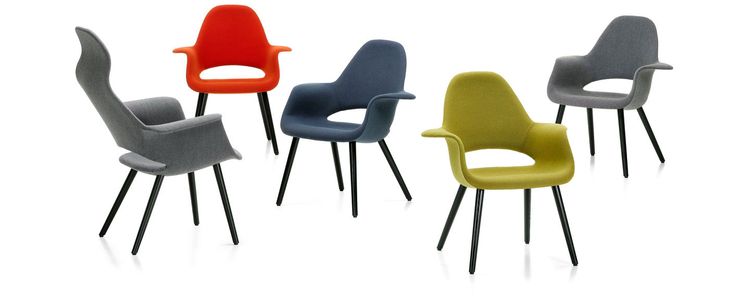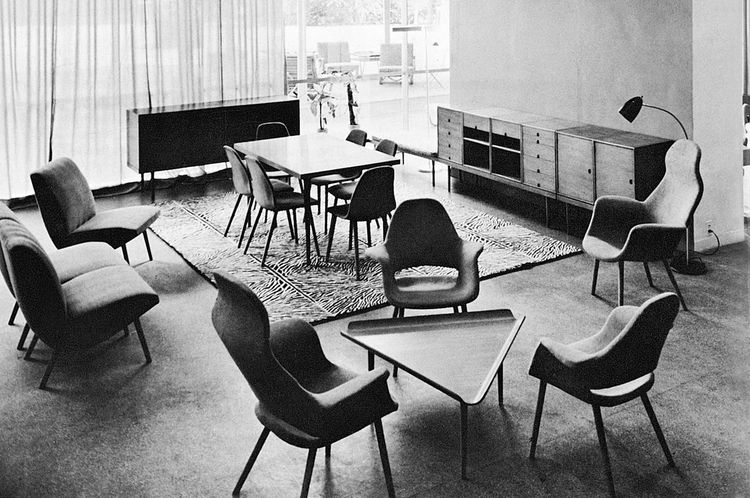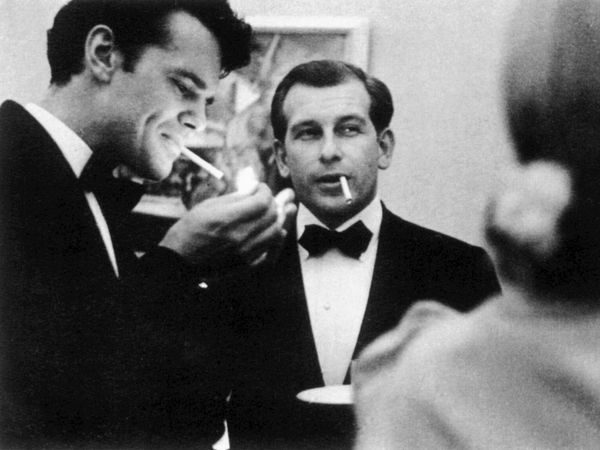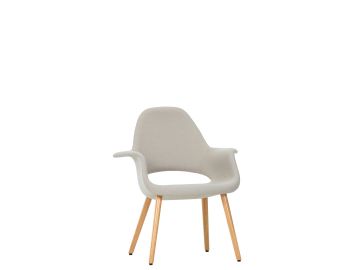ProductsChairsLounge chairsSofasOffice chairsChaises longuesStools & benchesSculpturesConference chairsAirport seatingStorage spaceMicro architectureDining tablesCafé tablesCoffee & side tablesDesksOffice furniture systemsConference systemsLightingClocksDecorative objectsCoat racks & wall shelvesTrays & vesselsNewBestsellerQuickly availableColour & materialAlexander Girard Antonio CitterioBarber OsgerbyCharles & Ray Eames George NelsonHella JongeriusIsamu NoguchiLounge chair finderOffice chair finderGift finderCare & repairSpare partsCare productsManufacturer warrantyVitra Circle StoresVitra Circle for Contract (Business clients)Lounge Chair & OttomanHang it allInspirationsLiving roomDining roomHome OfficeChildren's roomOutdoorHome StoriesAugmented RealityColours & materialsHome SelectionWorkspaceFocusMeetingWorkshopClub OfficeCitizen OfficeStudio OfficeDynamic SpacesHospitalityAirportsEducationCo-WorkingHealthcareOur ClientsDestination WorkplaceA case for classicsOffice chairsDancing OfficeHome StoriesThe Home Selection fabrics from Kvadrat and DedarAugmented Reality - bring Vitra products into your homeSchool of Design: Showcase work and knowledgeA case for classicsColour & materialAn open house An office landscape - without walls or partitionsHigh comfort of low energyA leading space for a leading art collegeServicesCare & repairSpare partsCare productsManufacturer warrantyFAQ and contactInstructionsConsulting & Planning StudioVitra Circle StoresVitra Circle for Contract (Business clients)Consulting & planning in the VitraHausInstructionsOutdoor care instructionsRepair, maintenance, overhaul at the Vitra Circle Store Campus ProfessionalsCAD dataProduct factsheetsCertificatesSustainability reportInstructionsEcology informationpConPlanning examplesColour & Material LibraryCertificates and standardsHome SelectionTo the dealer loginOur ClientsMyntDestination Workplace: Visit our clients and partnersAnagram SofaMikadoTyde 2 on castorsACXDancing OfficeOffice chairsDancing Wall mobile collaborationMagazineStoriesConversationsExhibitionsDesignerProject VitraA Capsule in TimeSeeing the forest for the treesRefining a classicMynt is a lifetime achievement to meA desk like a typefaceV-FoamSculptural IconsGames bring people together – just like good officesLet there be light!Social SeatingJust Do It!EVER GREENWhy the Eames La Fonda Chair was designedWhen a Sofa is more than just a Sofa: Anagram100% virgin wool – 100% recyclableAn archive is like a time capsuleVitraHaus Loft - A conversation with Sabine MarcelisA 1000 m2 piece of furnitureFrom a toy to an objectThe Eames Collection at the Vitra Design MuseumAbout the partnership between Eames and VitraVitra CampusExhibitionsGuided tours & workshopsFood and drinkShoppingActivities for familiesArchitectureYour eventConsulting & planning in the VitraHausPlan your visitVitra Campus appCampus EventsNewsVitraHausVitra Design MuseumVitra SchaudepotVitra Circle Store CampusOudolf GartenAbout VitraSustainabilityJobs & CareersDesign processThe Original is by VitraHistory - Project Vitra
Organic Chair
Charles Eames & Eero Saarinen, 1940

The Organic Chair – a small and comfortable reading chair – was developed in several versions for the 1940 'Organic Design in Home Furnishings' competition organised by the Museum of Modern Art in New York. With its sculptural shapes, the design was ahead of the times. But due to the absence of suitable manufacturing techniques, the armchair never went into production. Not until 1950 did it become possible to manufacture and market organically shaped seat shells in large quantities, as exemplified by Charles and Ray Eames's famous Plastic Armchair or Saarinen's Tulip Chair.

The Organic Chair is also available in a version with an extended backrest and longer, wider armrests – the Organic Highback armchair. The Organic Conference version can be used as table seating.
Organic Chair
the reading chair with short backrest
the reading chair with short backrest
Organic Highback
with an extended backrest and longer, wider armrests
with an extended backrest and longer, wider armrests
Information
Material description
- Seat shell: laminated.
- Upholstery: polyurethane foam with fabric cover.
- Legs: black ash or natural oak.
- Glides: fitted with plastic glides for carpet, felt glides for hard floors additionally included.
- Origin of wood: oak (Quercus robur) and ash (Fraxinus excelsior) from Western Europe and/or Poland.
When a chair goes into production 64 years after it was first designed.
The story of a Vitra original
The story of a Vitra original
This product was designed by
Charles Eames & Eero Saarinen


Eero Saarinen together with Charles Eames developed the first designs for furniture made from moulded plywood. In 1940, they submitted the Organic Chair as a joint entry to the “Organic Design in Home Furnishings” competition held by the Museum of Modern Art in New York.




































